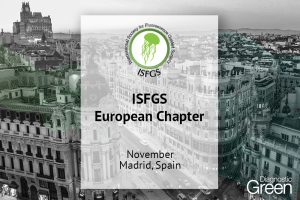Background: To compare the intraoperative and postoperative outcomes of indocyanine green (ICG) administration in robot-assisted partial nephrectomy (RAPN) and report the differences in the results between patients with benign and malignant renal tumors.
Methods: From 2017 to 2020, 132 patients underwent RAPN at our institution, including 21 patients with ICG administration. Clinical data obtained from our institution’s RAPN database were retrospectively reviewed. Intraoperative, postoperative, pathological, and functional outcomes of RAPN were assessed.
Results: The pathological results indicated that among the 127 patients, 38 and 89 had received diagnoses of benign and malignant tumors, respectively. A longer operative time (311 vs. 271 min; p = 0.006) but superior preservation of estimated glomerular filtration rate (eGFR) at 3-month follow-up (90% vs. 85%; p = 0.031) were observed in the ICG-RAPN group. Less estimated blood loss, shorter warm ischemia time, and superior preservation of eGFR at postoperative day 1 and 6-month follow-up were also noted, despite no significant differences. Among the patients with malignant tumors, less estimated blood loss (30 vs. 100 mL; p < 0.001) was reported in the ICG-RAPN subgroup.
Conclusions: Patients with ICG-RAPN exhibited superior short-term renal function outcomes compared with the standard RAPN group. Of the patients with malignant tumors, ICG-RAPN was associated with less blood loss than standard RAPN without a more positive margin rate. Further studies with larger cohorts and prospective designs are necessary to verify the intraoperative and functional advantages of the green dye.




